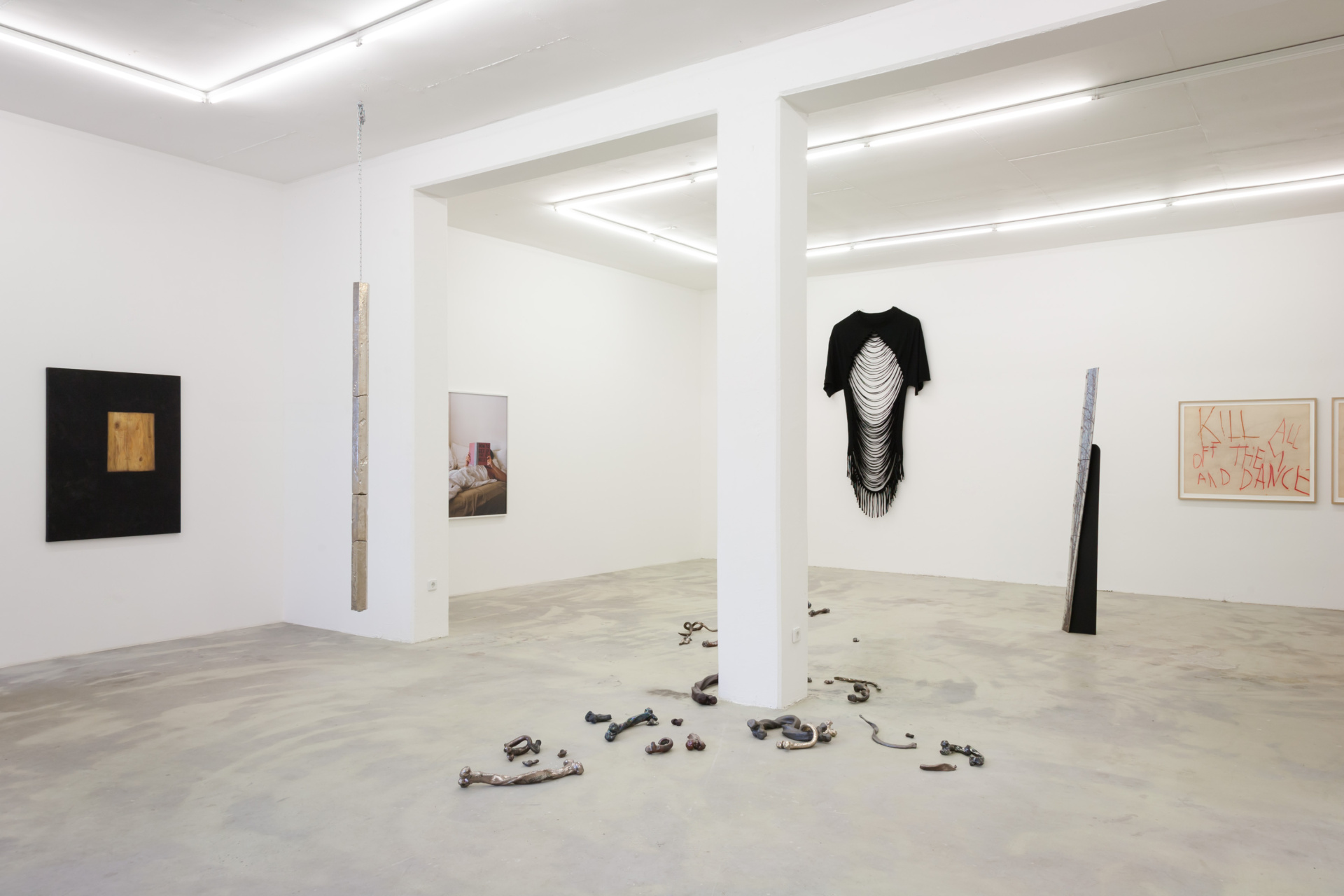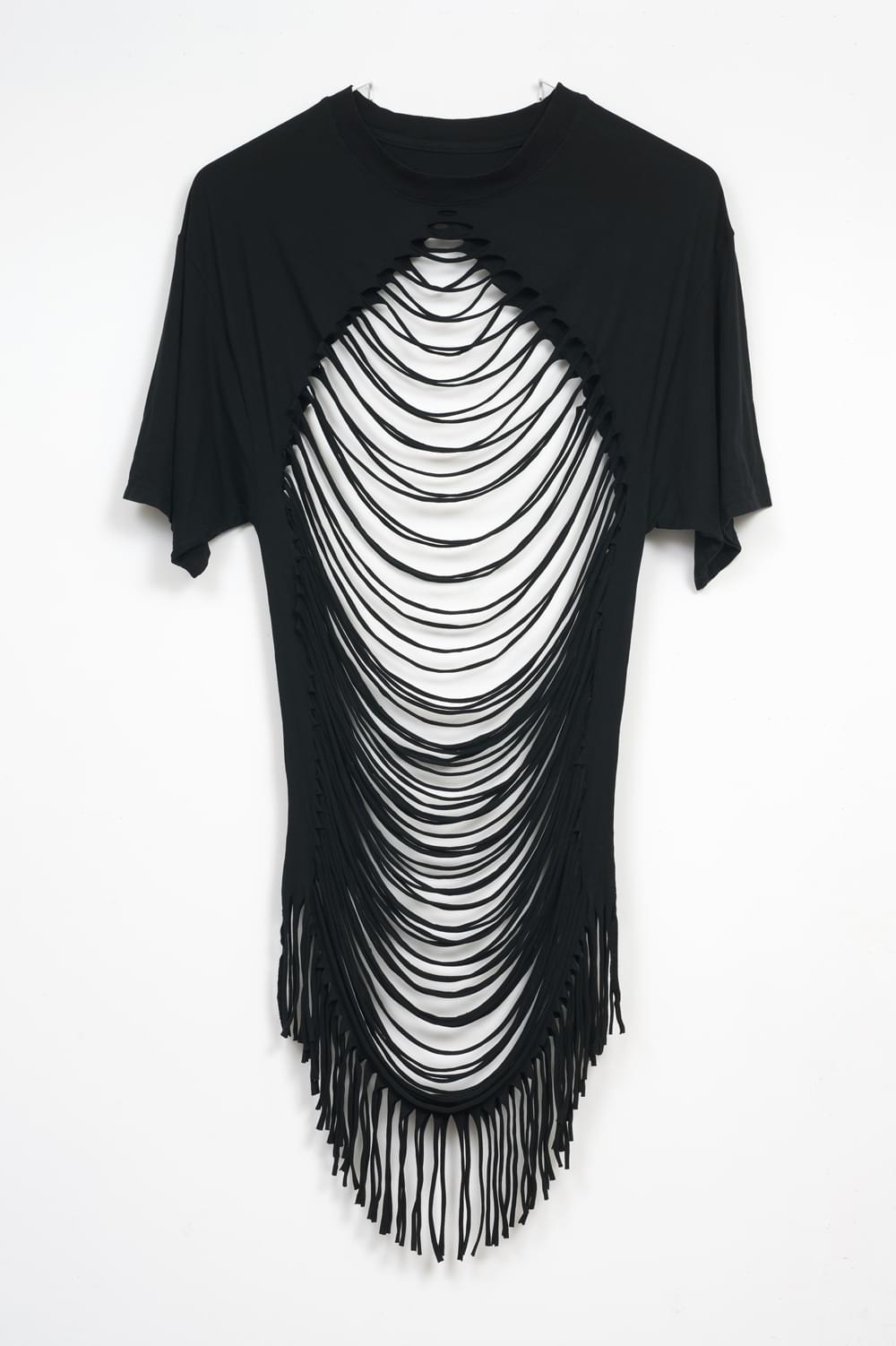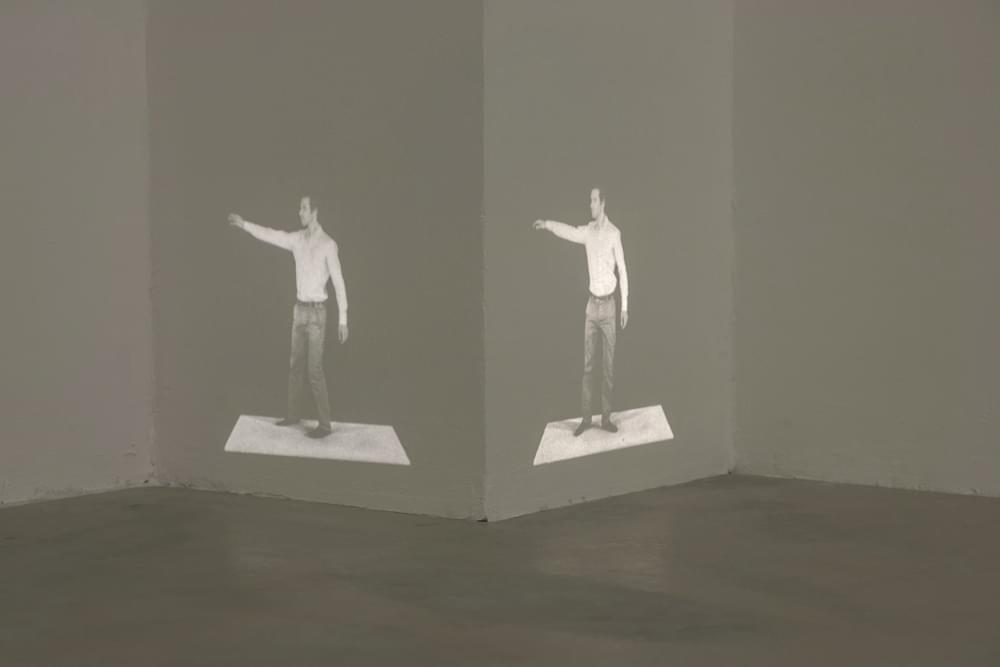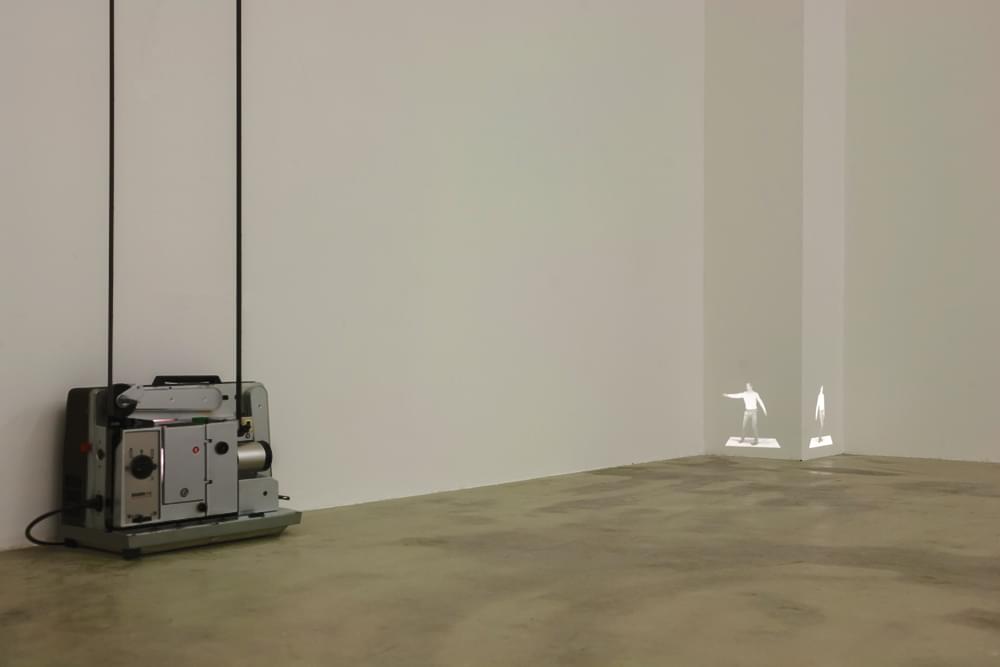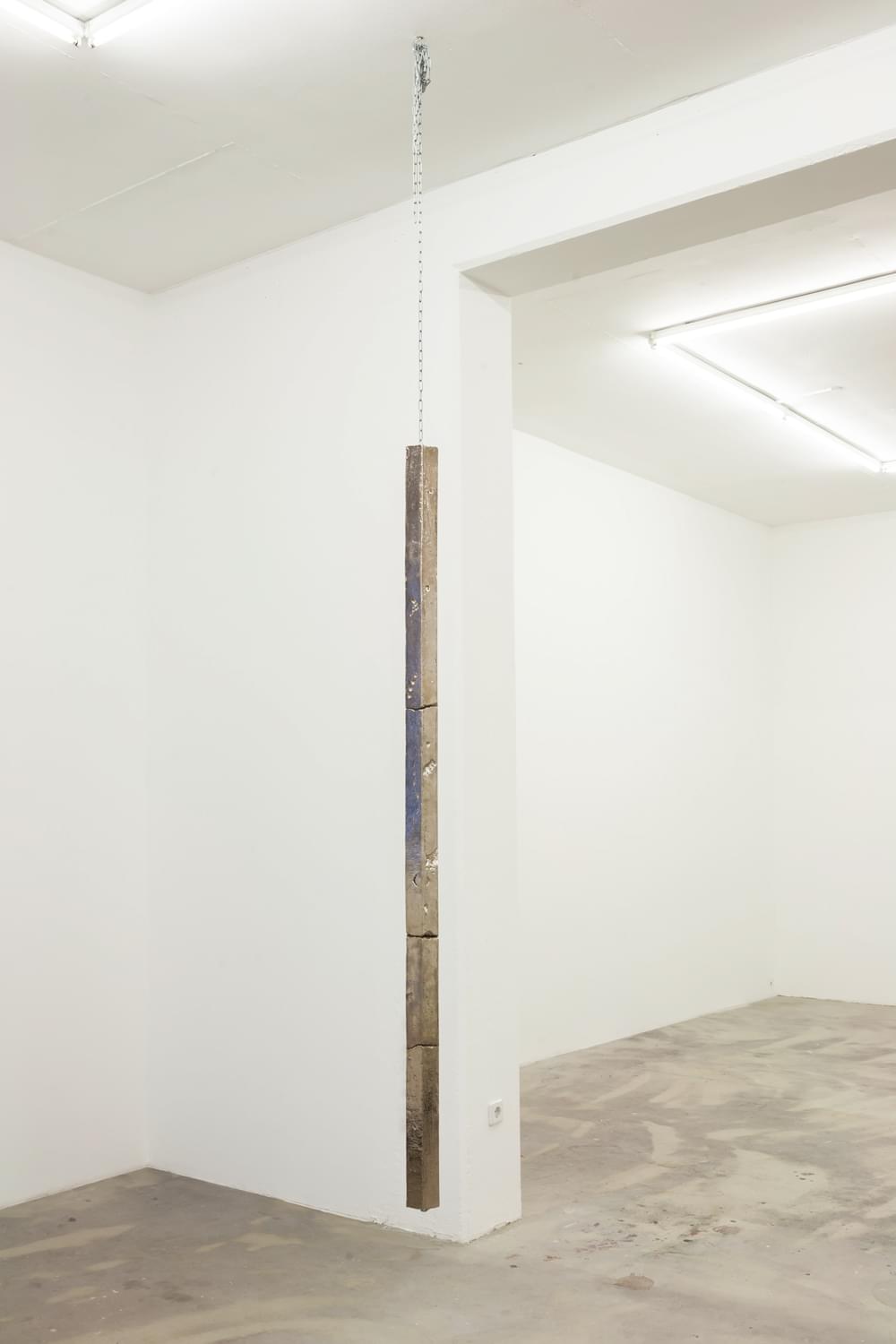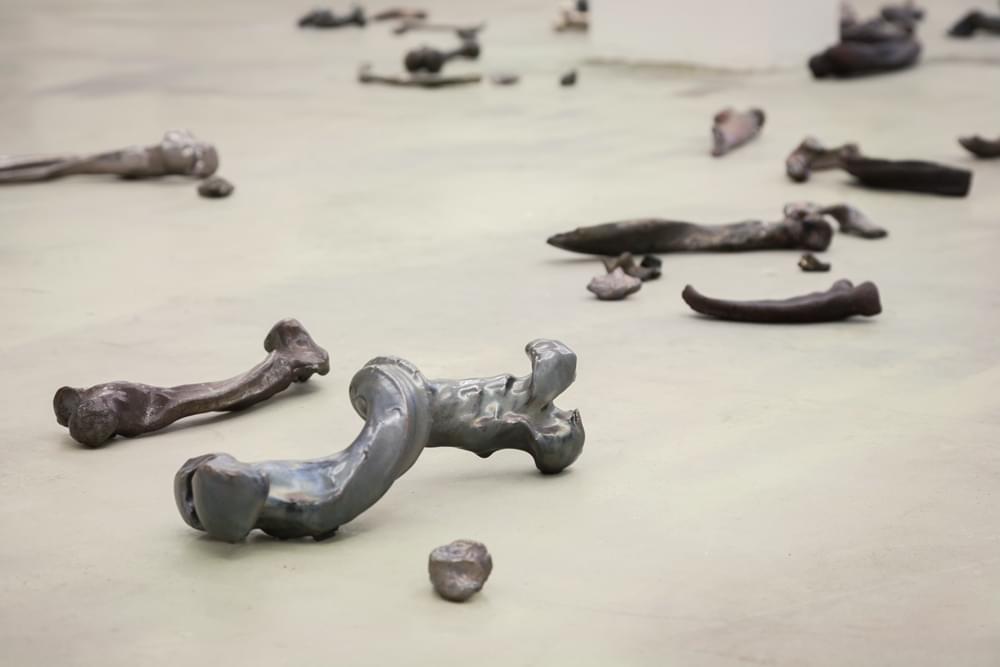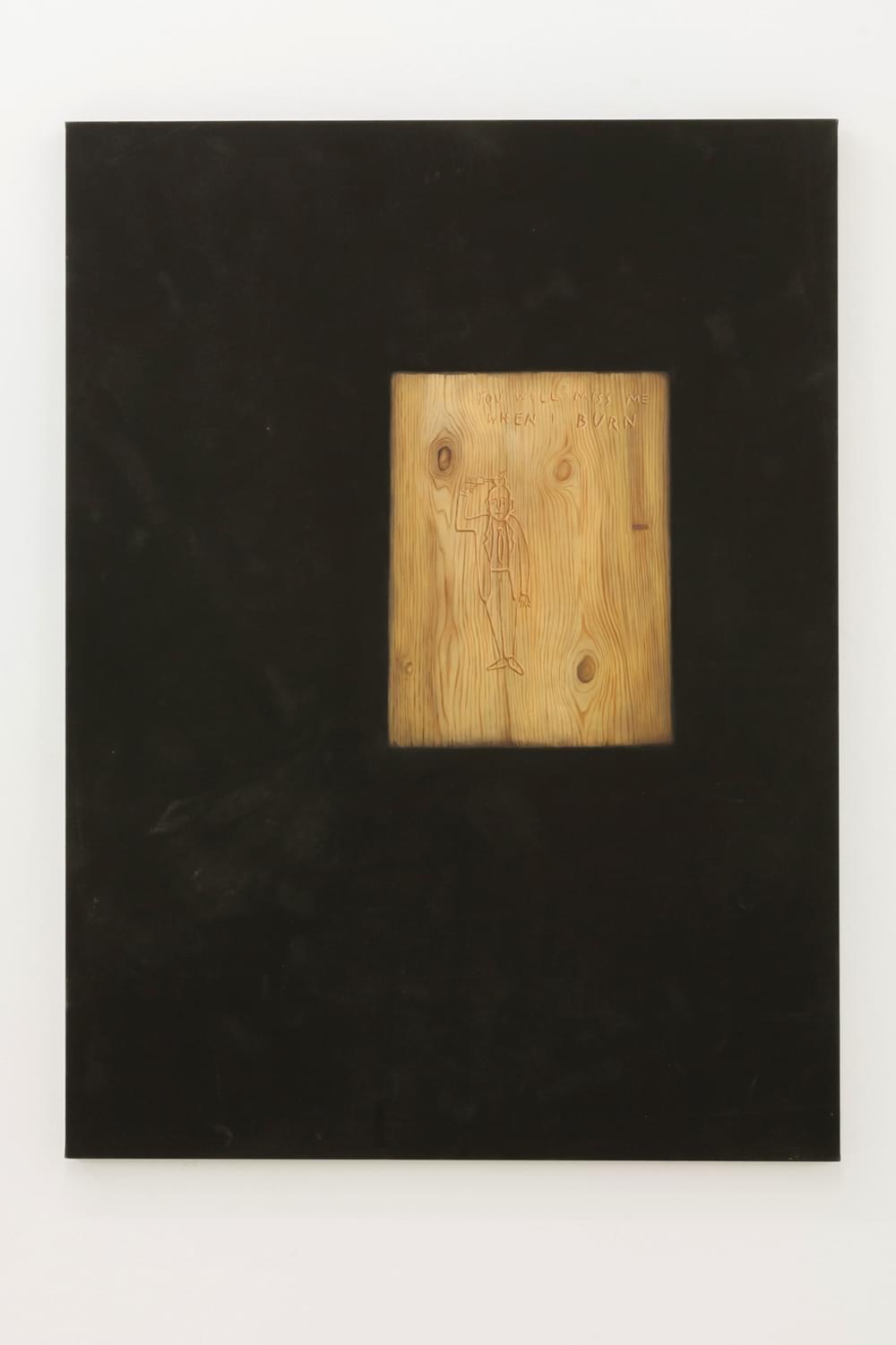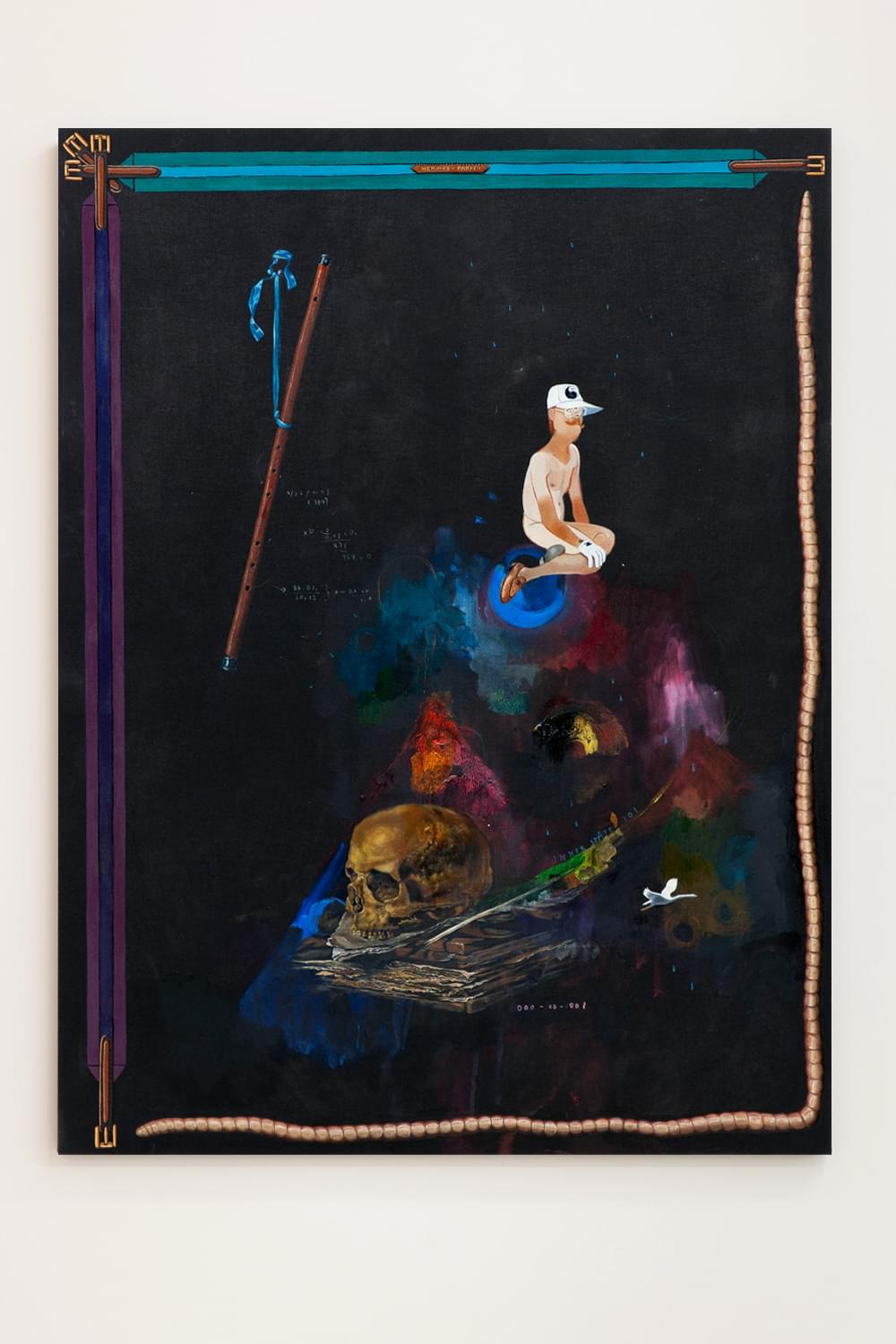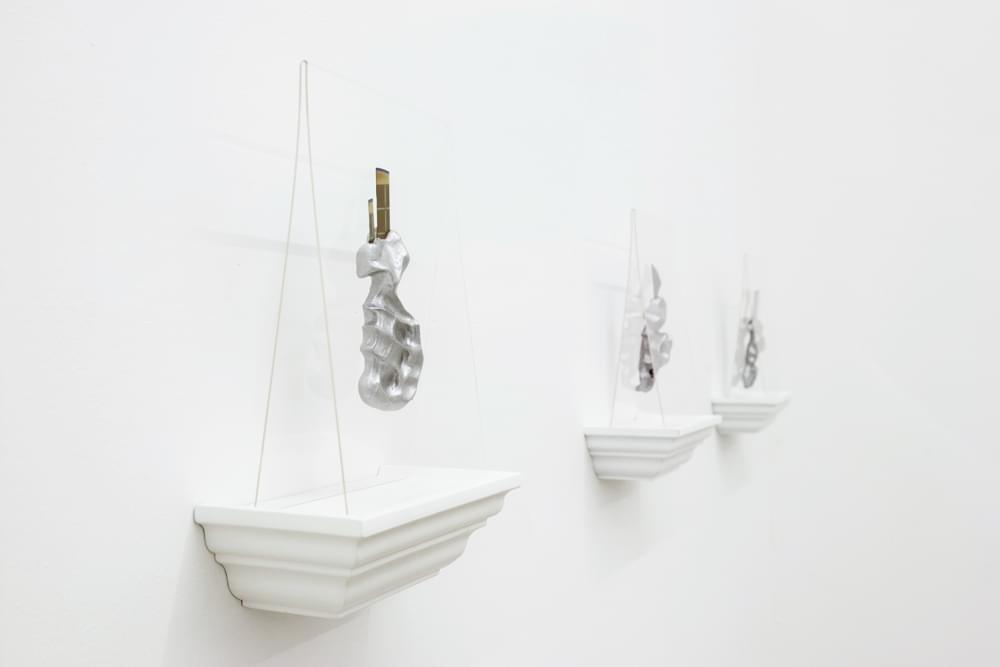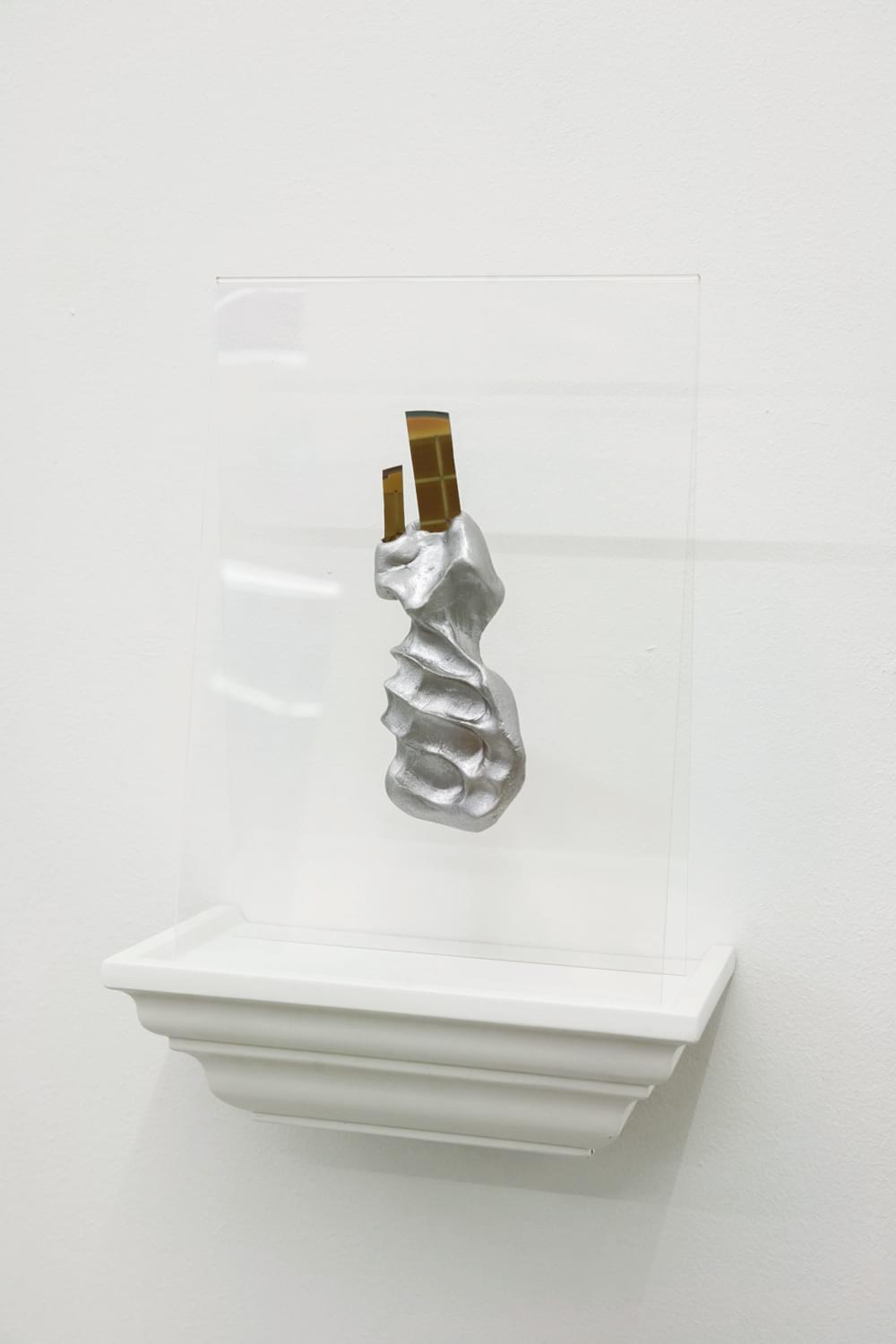
Amanda Ross-Ho, Emanuel Geisser, Friedrich Kunath, Markus Karstieß, Martin Mele, Katja Novitskova and Philippe Vandenberg just came to say HELLO curated by Alexej Meschtschanowjust came to say HELLO
As a reaction to the drive for speed in our globalized, production-based, postmodern society grows an idealized dream of isolation … Individuals in this state of total isolation should ultimately be happy people. Idea equals ideal: no estrangements, no authorities, no external manipulations, no political constraints, no social dilemmas disturb the integrity of one’s personality. Nothing spoils the surface tension of the rounded, flawless, pristine fluidity of the humanoid entity expressing from oneself and to oneself. This is a great idea, but one of the most common worldwide, and unsurpassed in its simplicity as a method of punishment – for what remains is the deprivation of freedom, culminating in a torturous solitary confinement. Dr. Snaut, in Stanislaw Lem’s Solaris, declares, “Man needs man”. But is this so? What is an individual anyway? And where does his encasing membrane dissolve? What distinguishes one from another? Are we not, in the sense of Truman Capote’s shipwrecked humanism, “All one man”? Maybe the so-called self is only a psychedelic hallucination, brought on as the result of an undigestible interaction with the environment.
Egomania is one of the myths that accompanies cliches of artistic personalities … Is the epistemological impotence of homo sapiens conquerable with the tactics of self-scrutiny? The reflection one sees is more similar to the image of the unshaven next-door neighbor than to the electrified biomass from the depths of self-exploration. As an inverse Janus head, a Siamese Narcissus, or a frontal collision with a physiognomically doubled hermaphrodite, the observer and the observed attempt a dance around the double helix of their shared DNA, and through it, obtain uniqueness. It is not a sphere, nor a circle, that serves as an allegory of the closed unit, but a bipolar hyperboloid functioning like a magnet attracting metallic shards of a broken mirror, or as one mouth of a two-headed snake attempts to devour itself–for in this way, man is incapable of being left alone.
The title, Just came to say HELLO is on the one hand, a declaration of a youthful absence of expectations, and on the other hand, the curiosity of the phenomenon of pre-collective communication. The exhibition play in the thematic corridor of aesthetic self-exploitation, whether in the form of artificial self-isolation which could perhaps be compared with a reading of literary works by Thomas Bernhard or Sasha Sokolov as in the form of stylization and abstraction of one’s own experiences and neuroses, or in the form of a conscious creation of seemingly religious idols wherein one can intimately confront opposing states of duality.
It’s a risky undertaking – to let oneself be moved by the works of singular artists through their selected micro-, macro-, or megacosmoses and provoked by the intersections of their orbiting paths. So once again, with a disarming resonance: I just came to say hello.
Alexej Meschtschanow
This exhibition is the second part of a sequence of three exhibitions that has been conceived by Klemm’s together with artists Alexej Meschtschanow and Ulrich Gebert, and which accompanies the gallery’s exhibition program.
source codes just came to say HELLO recurrent furor
